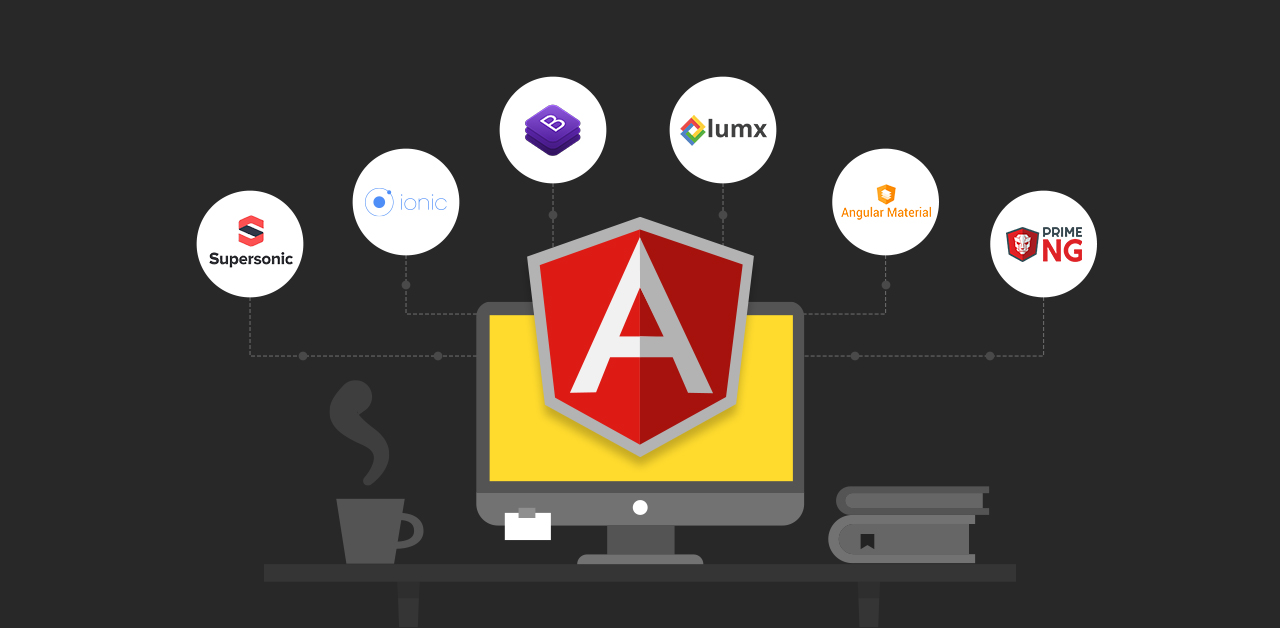Shop At Haya: Your Ultimate Shopping Guide
Discover the best shopping tips, trends, and deals for a smarter buying experience.
Angular Adventures: Crafting Dynamic Web Experiences
Discover the magic of Angular! Join us for thrilling tips and tricks to create stunning, dynamic web experiences that captivate users.
Getting Started with Angular: A Beginner's Guide to Building Dynamic Web Apps
Welcome to our beginner's guide to Angular, where we will explore how to get started with this powerful framework for building dynamic web applications. Angular is a TypeScript-based platform that facilitates the development of single-page applications, allowing developers to create engaging user experiences with minimal effort. To kick off your journey, ensure you have the latest version of Node.js and Angular CLI installed. You can set up your development environment by running the command npm install -g @angular/cli in your terminal.
Once your environment is ready, create your first Angular project using the command ng new my-angular-app. This will generate a new directory containing all the necessary files and configurations. After that, navigate into your project folder and start the development server with ng serve. Now, you can visit http://localhost:4200 in your web browser to see your application in action. As you progress, familiarize yourself with the core concepts of Angular such as components, services, and modules, as they are essential for building dynamic and maintainable web applications.

Top 10 Angular Best Practices for Creating Scalable Applications
When building scalable applications with Angular, adhering to best practices is crucial. Modular architecture is one of the top recommendations, as it promotes organizing your application into cohesive blocks or modules. This practice not only enhances maintainability but also facilitates lazy loading, which helps in reducing initial load time and improving application performance. Additionally, ensure that your components are reusable and independent, allowing for better testing and deployment options.
Another important best practice is the consistent use of services for data management and business logic. By leveraging services, you can easily share data across different components and ensure a clean separation of concerns. Additionally, consider leveraging Angular’s built-in Change Detection strategies wisely to optimize application performance—using OnPush change detection can offer significant performance improvements. Finally, always remember to write unit tests for your components and services to catch issues early and maintain code quality throughout the development process.
How to Enhance User Experience in Angular: Tips and Tricks
Enhancing user experience (UX) in Angular applications is crucial for retaining users and improving engagement. One of the primary strategies is to minimize load times. A fast application not only improves UX but also positively impacts your SEO rankings. Implement techniques such as lazy loading for your modules, which allows the application to load only the necessary components initially. Additionally, consider using the Angular CLI for production builds, as it can optimize the bundle size and improve load speeds.
Another effective approach is to maintain a consistent and intuitive navigation structure. Users should easily understand how to navigate your application without confusion. Utilize Angular Router to create a user-friendly routing system that enhances the flow between different application views. Furthermore, implementing responsive design ensures that your application performs well across various devices and screen sizes, providing a seamless experience for all users.